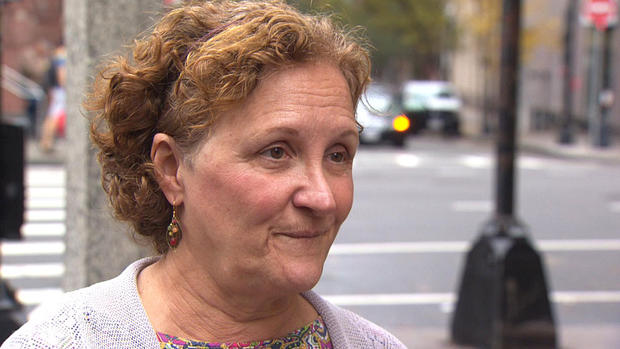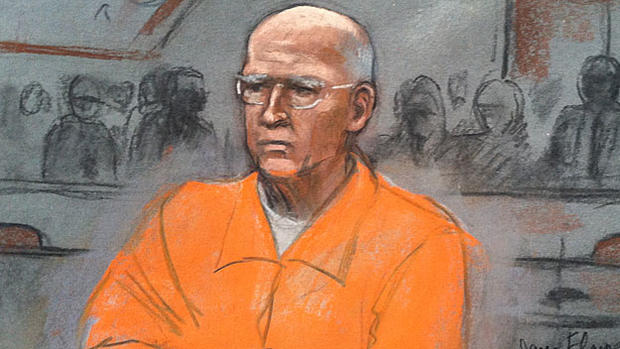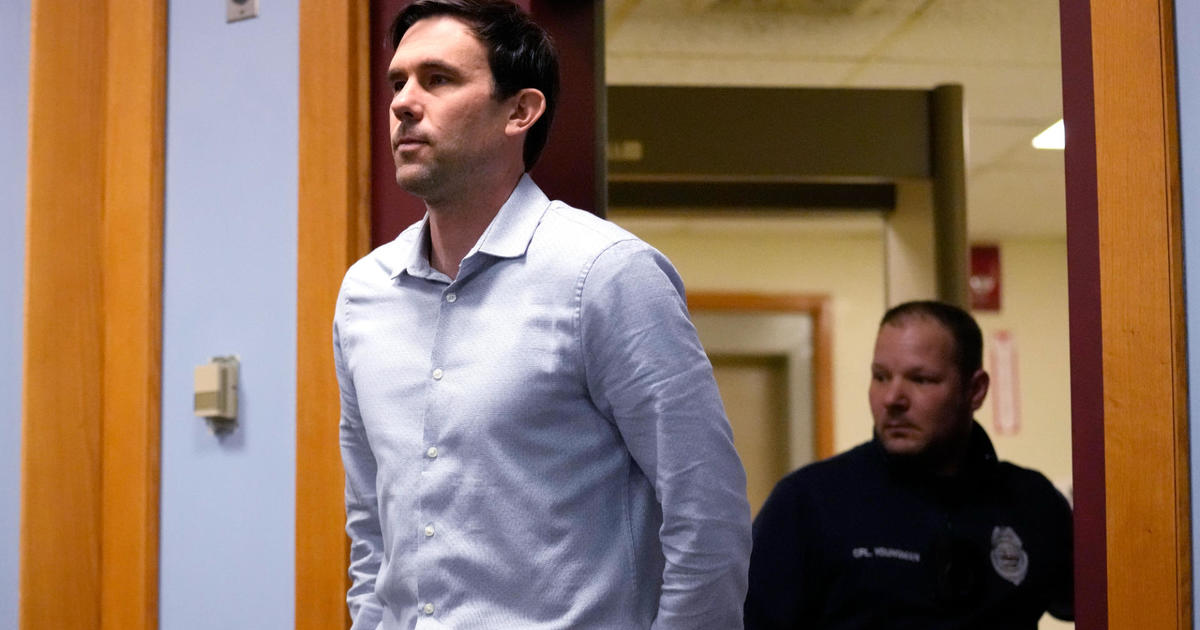Whitey Bulger Juror: He Was Looking Forward To Moving To A Medical Facility
BOSTON (CBS) -- "I think it was a setup," said Janet Uhlar, who sat on the jury that convicted Whitey Bulger. She was talking about his prison death.
After the trial, she had second thoughts about his role in the crimes, and struck up an unlikely relationship with the South Boston-bred mobster. They exchanged letters, and she even visited him in prison twice. "He thought he was moving into a medical facility, that's what he was planning…I think he was relieved. That's the impression I got because his health had been failing," Uhlar said.
Now, she's suspicious. "He's been confined to a wheelchair for years. He's had at least six heart attacks that I know of since he's been in prison. He's 89 years old. Why wasn't he moved to the medical facility, and why didn't anybody notice the commotion?"
Instead, Bulger ended up at the federal prison in Hazelton, West Virginia already under investigation after two other inmates were killed, prompting complaints about insufficient staffing. Prison security experts also question why he was sent to a lock-up where there are at least two other Massachusetts inmates with mob ties, both of whom are now suspected in Bulger's death.
Also with Freddy Geas, Paul DeCologero has been named a suspect. He is serving a 25-year sentence for conspiring to kill 19-year-old Aislin Silva.
Former U.S. Attorney Michael Sullivan helped put DeCologero behind bars. He does not recall him having a connection to Bulger. "Obviously he had a very violent history when he was outside of prison. The fact that he may be involved in violent criminal behavior inside of prison shouldn't shock anybody," he said.
"I think somebody was asleep at the wheel," said Cameron Lindsay, a retired federal prison warden who lives about a half hour from USP Hazelton. "He was a super high publicity inmate. That is the first thing. Secondly, he was a known killer of at least a female if not females, and perhaps most importantly he cooperated with law enforcement at some point…When you combine all those things together, it makes absolutely no sense whatsoever, to put an individual with those known factors, into a general population."





